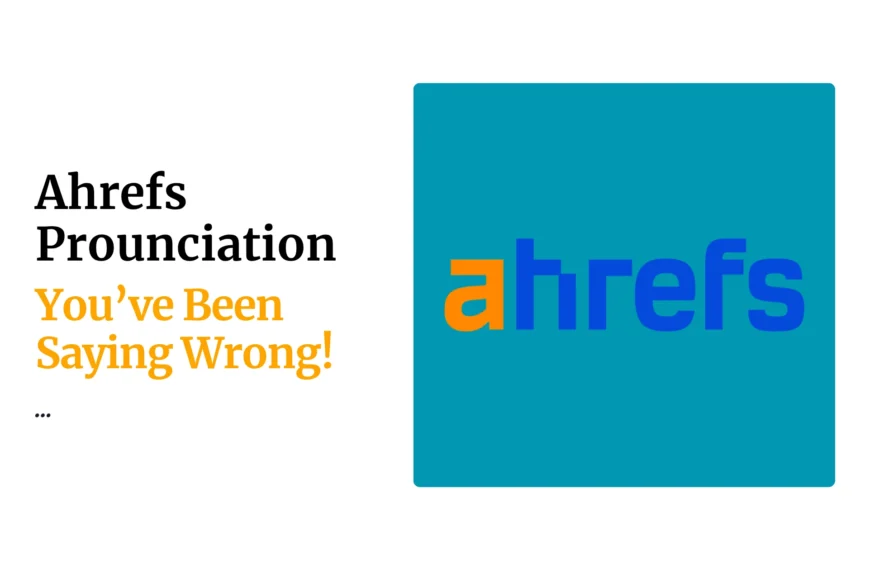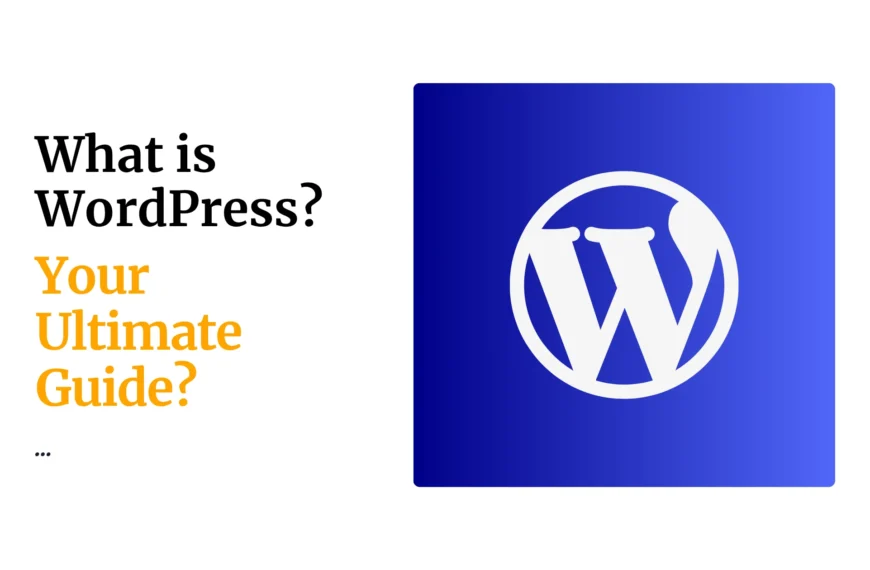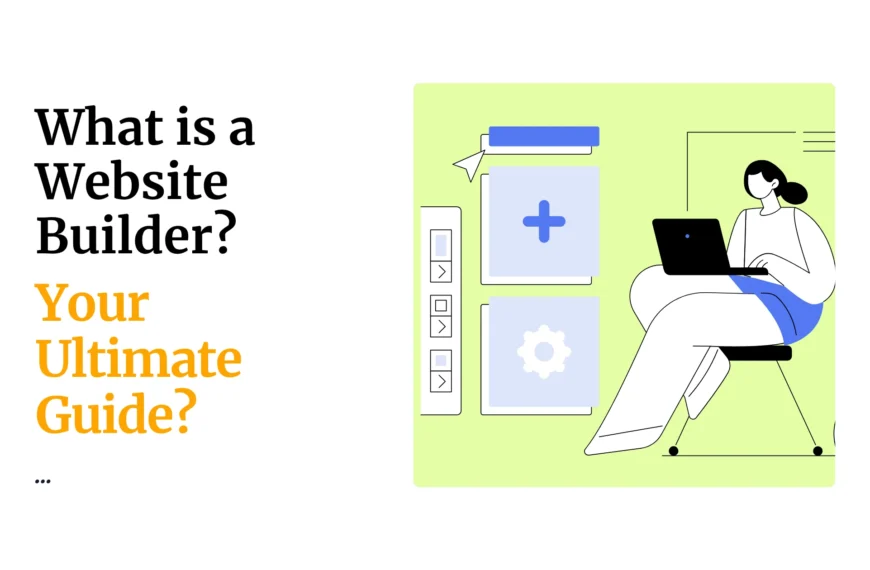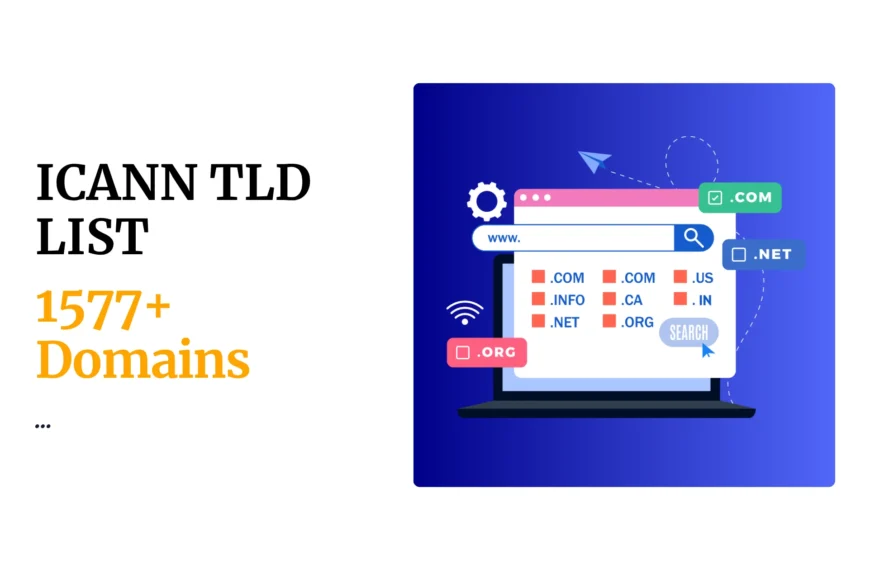Web design is a popular terminology used by most today. In today’s post, we’ll talk about understanding the basics of web design.
We’ll dive into web design, basics, and how to choose your blueprint. Web design is simply the process of creating visually appealing and user-friendly websites.
It combines various design principles, technical skills, and creativity. A well-designed website improves metrics and grows your sales.
What is web design?
Before diving into web design, let’s grasp the concept of a website. A website is a cluster of interconnected web pages.
This collection is accessible worldwide by different devices simultaneously. A good website has to have the best design.
As mentioned, web design is the creation of appealing websites. That involves the user interface, graphics, images, and other visual and textual content.
Creating a good design means that your goals align with your client’s. Website development is critical to the success of online businesses and organizations.
A good web design has the following:
- User-centered design- focuses on creating a website that is easy to navigate and has clear information architecture. Accessible to users with different experiences and abilities.
- Graphical attraction- includes a clear layout, attractive graphics, and good use of white space. It should make a solid first impression and help engage visitors.
- Mobile responsiveness- a mobile-responsive website that can adapt to different screen sizes is crucial.
- Fast loading speed- a website that takes too long can lead to user frustration and a high bounce rate. A fast loading speed can keep users engaged and improve the overall user experience.
- SEO optimization (SEO)- is optimizing a website’s content to rank higher in search engine results. A well-designed website with good SEO practices can drive traffic and increase conversions.
What are the basics of web design?
1. Mobile-first design
Mobile-first design means creating a website for smaller screens, such as smartphones, and scaling it to larger screens.
Most web users are from mobile devices, and designing for mobile devices first has become a crucial aspect of web design.
Provide a design that is accessible on any device. A responsive design provides an optimal user experience across all devices.
Make your clients love the experience of using your website on different devices.
2. Accessibility
It is another part of the basics of web design; accessibility which involves usability. A good site should be accessible and reliable for use by any user.
The practice involves designing websites that are accessible to people with disabilities. It includes creating for users with visual, auditory, physical, and cognitive disabilities.
Everyone should be able to use your site despite their abilities. Every basic website should not limit its users.
3. Layout
It’s another feature of web design basics that involves elements’ arrangement. A clean and organized layout makes it easy for users to navigate.
Every user deserves a good layout. Save your visitors and clients time by having a simple and reliable layout.
Try minimalism is a design principle involving minimal elements to create a clean and simple website.
It means removing unnecessary elements that distract users from the main content. A minimalist website can improve user experience, load faster, and be visually appealing.
4. Call-to-Action (CTA)
Still, on the basics of web design, let’s add a call to action button. It prompts users to take a specific action, such as enrolling in a newsletter or purchasing.
With this, you can improve your site metrics and profit margins. You also get to learn about your users and what to improve on.
Well-designed CTAs can improve conversion rates and help to achieve the website’s goals. We all want our sites to grow and reach many.
Design a good call to action that invokes action and improves your site.
5. Typography
It’s the art of arranging and designing text. An essential aspect of web design affects a website’s readability, usability, and overall aesthetic.
A good site should be readable and fit on any device. It is choosing the right font, size, and spacing to improve user engagement.
The typography shows legibility and makes your site credible. Ensure your clients get the best, and later you gain from it.
6. Content
Content is included in the basics of web design. Every website needs great content to grow. It’s what makes your site appealing and attracts and retains clients.
To do this, include images to break up the text and add visual interest to a website. Use high-quality and relevant images to grow your brand.
Keep everyone engaged by adding videos and banners which make your site look amazing. Also, remember to create engaging posts.
The posts, including images, graphics, and more, will keep your clients engaged. Craft the best and watch your website transform.
7. Branding
It is the process of designing a unique identity for your website. It includes choosing the right colors, images, and logos to represent your brand.
Established trademarks online have used this practice to outdo their competition. They have used unique styles to keep up with market trends.
Creating a consistent and recognizable brand identity allows you to differentiate yourself from competitors and build trust with your audience.
Take advantage of the current free tools and strategies and get your website to the next level.
How to choose the best web design
Choosing the right design for your website is a crucial step in creating a successful online presence. Consider these:
a. Define your brand identity and goals.
It’s the first step in making the best design. The website design should align with your brand identity and goals.
Act as the client and include what you want to see on the website. Choose a design that reflects your brand personality and values.
Take time, as this depicts your website picture to everyone. Create a good impression that attracts and retains visitors and clients.
b. Know your audience
The audience determines the growth of your site. Knowing your target audience is essential in choosing the right design.
Take into consideration age, gender, interests, and preferences. Later proceed with a design that best fits them.
For example, choose a more modern and visually appealing design if your target audience is primarily young adults.
c. What type of website are you building?
The type influences the design; A corporate website may require a more professional and conservative design.
On the other hand, a creative portfolio may require a more visually stunning and unique design. Keep in mind the goals and targets of your website.
Inspire your audience with the basics of web design, such as good design. Have the design elements that catch your eye, and consider how to incorporate them.
d. Please keep it simple.
Be different and unique by considering simplicity. Make your designs stand out and be effective as well as reliable.
Avoid cluttered layouts and overly complex designs that confuse or overwhelm your visitors. Focus on precise navigation, clean lines, and a consistent color scheme.
In return, it helps your site transform and scale your sales.
e. Choose a responsive design.
Everyone loves a reliable and responsive design. With more people accessing mobile websites, a responsive design that can adapt to different screen sizes is crucial.
Don’t be left out by not including the most used devices. Create a mobile-friendly site that provides an optimal user experience across all devices.
Transform your website today and include all users. Make it accessible and reliable for use on every device without issues.
f. Test and iterate
Before deploying, you need to test your site. Later after tests are complete, know where to improve and make the site stand out.
Test your design with real users and iterate based on their feedback. Use tools like A/B testing to compare techniques and see which performs better.
Wrap up;
The basics of web design include mobile-first design, accessibility, layout, call-to-action, etc. Choosing the right design for your website ensures success.
Web design is a vast and constantly evolving field. The discussed elements will create websites that are visually appealing, user-friendly, and accessible to all.
No experience is needed; these principles help you create websites that stand out and provide value to your users.
Get started today and watch your website grow!
 Domain SearchInstantly check and register your preferred domain name
Domain SearchInstantly check and register your preferred domain name Web Hosting
Web Hosting cPanel HostingHosting powered by cPanel (Most user friendly)
cPanel HostingHosting powered by cPanel (Most user friendly) KE Domains
KE Domains Reseller HostingStart your own hosting business without tech hustles
Reseller HostingStart your own hosting business without tech hustles Windows HostingOptimized for Windows-based applications and sites.
Windows HostingOptimized for Windows-based applications and sites. Free Domain
Free Domain Affiliate ProgramEarn commissions by referring customers to our platforms
Affiliate ProgramEarn commissions by referring customers to our platforms Free HostingTest our SSD Hosting for free, for life (1GB storage)
Free HostingTest our SSD Hosting for free, for life (1GB storage) Domain TransferMove your domain to us with zero downtime and full control
Domain TransferMove your domain to us with zero downtime and full control All DomainsBrowse and register domain extensions from around the world
All DomainsBrowse and register domain extensions from around the world .Com Domain
.Com Domain WhoisLook up domain ownership, expiry dates, and registrar information
WhoisLook up domain ownership, expiry dates, and registrar information VPS Hosting
VPS Hosting Managed VPSNon techy? Opt for fully managed VPS server
Managed VPSNon techy? Opt for fully managed VPS server Dedicated ServersEnjoy unmatched power and control with your own physical server.
Dedicated ServersEnjoy unmatched power and control with your own physical server. SupportOur support guides cover everything you need to know about our services
SupportOur support guides cover everything you need to know about our services








